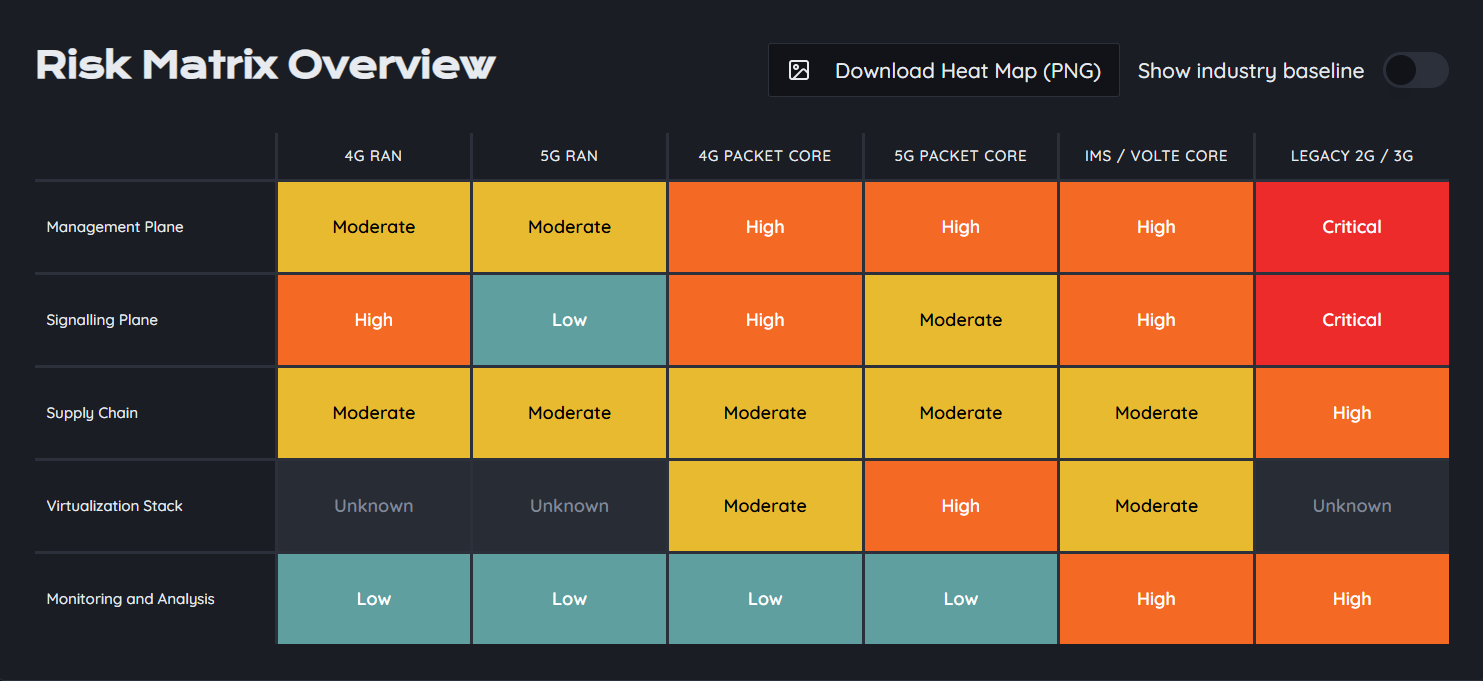The label for the next generation is set. The ITU calls it IMT 2030. That gives us time to bake security in instead of bolting it on. Here is a practitioner’s take on early 6G security concepts that matter, with the minimum useful set of threats, controls, and timelines you can plan around.
Timelines you can anchor to
Five facts to align teams before anyone sketches an architecture:
- IMT 2030 is the official framework for what most people call 6G.
- 3GPP Release 20 completes major 5G Advanced work through 2027.
- Release 21 and beyond begin the run up to 6G era features.
- Pre commercial trials are expected late this decade.
- Devices will show up in labs well before consumer handsets.
What changes in 6G that moves the security goalposts
AI native control and optimization
Control loops and network functions will lean on learning systems by default. Assurance shifts from did we configure it right to can we trust the data and the model. Plan for provenance, model integrity, explainability, and safe fallback modes when confidence drops.
Integrated sensing with communications
ISAC lets networks sense their environment using the same waveforms used for connectivity. Great for positioning and awareness. Sensitive for privacy. You will need rules for where sensing is allowed, how data is minimized, and how applications prove they should access it.
Non terrestrial networks as first class citizens
Satellites and high altitude platforms become part of the design. That brings new key management and roaming paths, longer trust chains, and different jamming and spoofing realities. Threat models must extend beyond ground domains.
Cloud native RAN and service orchestration
Open and cloud friendly RAN work today is the training ground for tomorrow. The same supply chain, plugin, and policy paths that shape O RAN will be even more central in 6G. Translate today’s hard lessons into baseline controls.
Compute and data continuum
Workloads will flow across device, edge, and cloud. Security has to follow the data and the compute, not the rack label in a data center. Plan for verifiable workload identity, confidential computing, and remote attestation across that whole continuum.
Post quantum practicality
Cutover planning belongs in your 6G backlog now. Inventory algorithms and protocols that need quantum safe replacements and practice hybrid modes well before day zero.
An early threat model for 6G
Keep it short, testable, and aligned to how attacks actually land.
- Model poisoning and policy abuse
Adversaries nudge learning systems with crafted data or manipulate intent through policy channels to change network behavior. - Supply chain and plugin risk at the edge
Third party apps, xApps and rApps, and platform operators get powerful hooks. Strong ecosystems need strong onboarding and runtime checks. - Identity sprawl across domains
Devices, user equipment, drones, satellites, and microservices all present identities. Any weak link becomes the pivot. - Sensing misuse
Location or environmental data collected for operations gets repurposed for tracking. Privacy threats move from may to will without guardrails. - CI and CD compromise for network functions
Pipelines that build images and charts remain the most direct path to persistent control. - Cross domain key management
Terrestrial, aerial, and orbital segments stretch KMS designs, rotation, and revocation.
Design principles to adopt now
- Security as a property of the control loop
Treat data provenance, model integrity, and policy verification as first class citizens. Require signed datasets, reproducible training artifacts, and attested inference paths. - Least privilege for autonomy
Self optimization is fine. Self permissioning is not. Lock policies behind human approved change control with verifiable trails. - Verifiable computing everywhere
Use hardware roots and attestation from device to edge to cloud. Pair with confidential computing to keep secrets out of operator and vendor hands when they do not need them. - Privacy by design for ISAC
Build in consent, purpose limitation, and aggregation thresholds for sensing outputs. Treat privacy budget as a system resource. - Quantum ready, not quantum panicked
Map cryptographic agility for every protocol and component, pilot hybrid classical PQ schemes, and pre stage key migration plans. - Pipeline integrity or it never happened
Sign everything from source to image to chart to policy bundle. Enforce verification at deploy time. No signature, no run.
A minimal control checklist that scales
You can apply these in 5G today and carry them forward unchanged.
- Identity and policy
Short lived credentials, workload identities bound to attestation, and human gated policy channels with multi party approval. - Build and release
Mandatory artifact signing, isolated runners, verified SBOMs, and promotion only through controlled registries. - Runtime guardrails
Admission controls that verify signatures and attestation, per function allow lists for external calls, and memory hard secrets management. - Observability you can trust
Tamper evident logs for admin actions, model lifecycle events, and policy changes. Route them to the SOC path with clear schemas. - Sensing and data governance
Explicit purpose tags, retention policies enforced by the platform, and red team style privacy drills for ISAC datasets. - Cross domain crypto hygiene
PQ ready designs, automated certificate management across terrestrial and non terrestrial segments, and fast fail revocation paths.
What to pilot in the next twelve months
- Attested inference for a live optimization loop
Select one AI driven control loop and require hardware backed attestation for its inputs and the model runtime. Measure the operational cost. - ISAC privacy guardrails in a test cell
Enforce purpose limitation and anonymization at the platform, not in application code. Prove the logs show who asked for what and why. - Hybrid classical PQ key exchange for one interface
Pick a sensitive control or management interface and run a hybrid scheme with automated rotation. Track latency and operational friction. - Supply chain hardening for a RAN side plugin
Apply strict onboarding with signature verification and resource sandboxing for one xApp or rApp. Document the operational impact.
Glossary
- IMT 2030: ITU framework and overall objectives for the next mobile generation.
- ISAC: Integrated sensing and communications.
- NTN: Non terrestrial networks such as satellites and high altitude platforms.
- 3GPP Release 20 and Release 21: Standards milestones that complete 5G Advanced work and prepare future features.
- 6G IA: European industry association publishing security research and position papers.
- Hexa X II: EU flagship 6G research program producing system level design insights.
Security is not an add on for 6G. It is the product. If you align to IMT 2030, ground your plans in current 3GPP milestones, and start proving controls in small loops today, you will hit the decade turn with something better than a slide: a working, trustworthy system.




